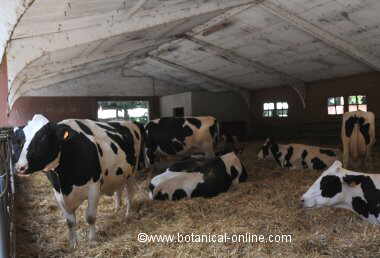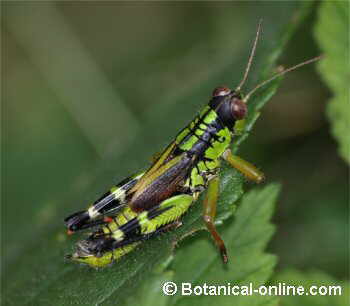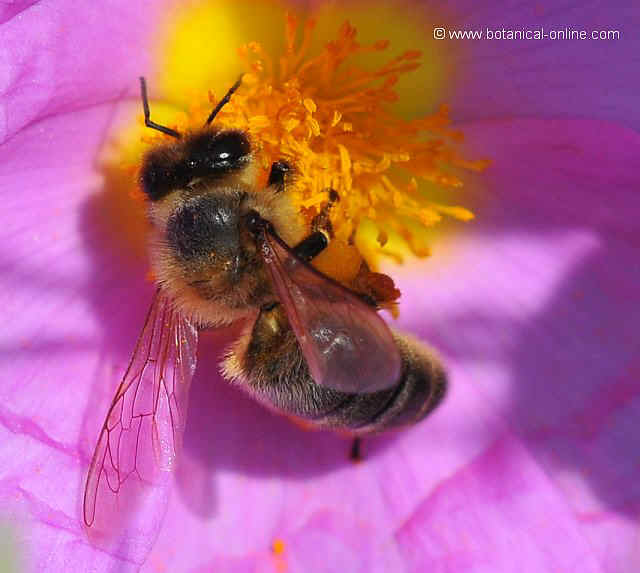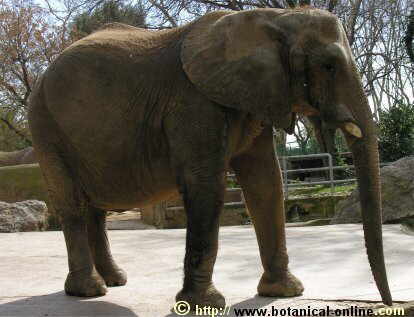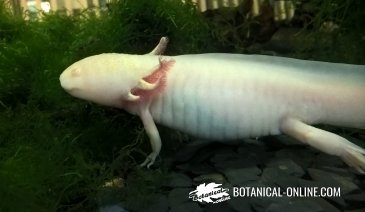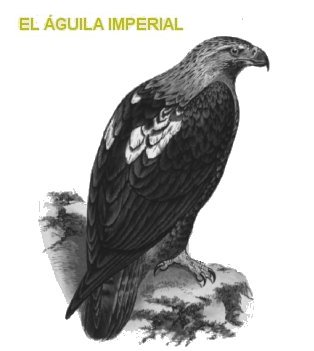Contents
What are invertebrates?
Invertebrate characteristics
The most abundant animals around the world are undoubtedly invertebrates, which account for 95% of all existing animal species today.
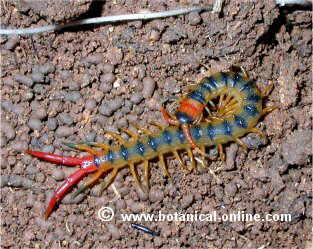
The group of invertebrates includes animals with very diverse characteristics , from very primitive animals with microscopic characteristics, such as Rotifers, to more evolved invertebrates, such as ants, as an example of more evolved insects.
Invertebrates include Insects (the most abundant invertebrates), Arachnids, Crustaceans and Myriapods (these first four are also arthropods), Mollusks, Annelids (or earthworms) and other marine animals, such as jellyfish, corals and anemones (these three invertebrates are Cnidarians), marine sponges (or Porifers) and sea urchins (or Echinoderms).
Invertebrates can live in a wide variety of habitats: terrestrial, aquatic, and some are even flying.
Some species of invertebrates, such as grasshoppers, crickets or cicadas, produce songs to attract females and reproduce.
Invertebrate animals are older than vertebrates, since all vertebrates were formed from invertebrates. It is the Primitive Cordates or Procordates (which gave rise to the current fish) that link between invertebrates and vertebrates.
Main characteristics of invertebrates
As main characteristics, vertebrate animals present:
- Absence of vertebral column (and internal skeleton).
- Individuals with radial symmetry (or Radiated) and individuals with bilateral symmetry (or Bilateral).
- Experimentation of metamorphosis to adulthood (offspring can be very different from the adults).
- Bodies made up by true tissues (except, sponges or Poriferous).
However, it is very difficult to find characteristics that are fulfilled in all invertebrates given the wide variety of these animals. The more related they are to each other, the more common characteristics they share, finding specific characteristics in each group (Phylum) of invertebrates.
Other characteristics of invertebrates
Invertebrate animals also share common traits:
- The body of invertebrates is soft and is often externally protected by a skeleton, the exoskeleton.
- Invertebrate respiration depends on the environment where they inhabit. Animals that live in water have branchial respiration, while invertebrates that breathe by taking oxygen from the air present tracheal, cutaneous (such as Annelids) or pulmonary respiration (like some Mollusks).
- The vast majority of invertebrates have locomotion abilities. Even motionless sponges move when still in the larval stage.
- They usually have open blood circulation, except in some groups, such as cephalopod mollusks, which have closed blood circulation.
Common characteristics of invertebrates with other animals
Invertebrates share a set of common characteristics as a consequence of being animals (or Metazoans).
- Individuals composed of more than one cell (or multicellulars).
- Each cell of an invertebrate is absent of cell wall (structure specific of plants and bacteria)
- Obtaining energy and matter from other living beings. They are heterotrophic individuals. (Unlike plants that make photosynthesis).
* Related information: Iberian marbled white characteristics
![]() More information on animals
More information on animals

